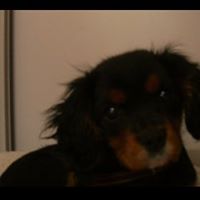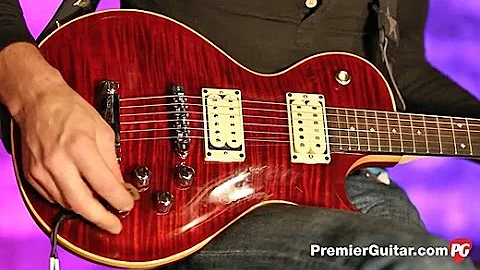Dean M Laux
age ~56
from Appleton, WI
- Also known as:
-
- Dean H Laux
- Dean A Laux
- Carmen Gonzalez
- Phone and address:
-
1029 Arlington St, Appleton, WI 54915
9209932212
Dean Laux Phones & Addresses
- 1029 Arlington St, Appleton, WI 54915 • 9209932212 • 9207346684
- 1606 Lindbergh St, Appleton, WI 54911 • 9207347910
- 1029 S Arlington St, Appleton, WI 54915 • 9207346684
Work
-
Position:Construction and Extraction Occupations
Emails
Us Patents
-
Absorbent Article With Reinforced Absorbent Structure
view source -
US Patent:20030171728, Sep 11, 2003
-
Filed:Nov 27, 2002
-
Appl. No.:10/306086
-
Inventors:David Heyn - Neenah WI, US
Matthew Barron - Rock MI, US
Sonya Eggen - Minneapolis MN, US
Amber Fortune - Kaukauna WI, US
Robert Gee - Aiken SC, US
Eric Johnson - Larsen WI, US
James Kaun - Neenah WI, US
Dean Laux - Appleton WI, US
Toan LeMinh - Greenville WI, US
Billie Matelski - Neenah WI, US
Shannon Melius - Appleton WI, US
Melanie Milslagle - Appleton WI, US
Angie Provost - Appleton WI, US
Kenneth Schueler - Appleton WI, US -
Assignee:Kimberly-Clark Worldwide, Inc.
-
International Classification:A61F013/15
-
US Classification:604/378000, 604/385310
-
Abstract:An absorbent structure can include a matrix of fibers, wherein the matrix is reinforced with a reinforcing member, such as scrim. Preferably, the scrim is secured to the fibrous matrix by entanglement of fibers with the scrim and entanglement of fibers in the matrix from opposite sides of the scrim with each other. The scrim layer can be restricted to a longitudinally extending, medial region of the absorbent. In a particular arrangement, the scrim has a cross-directional width dimension which is less than a narrowest width dimension of the fibrous matrix. The scrim can be located between two, opposed, major surfaces of the fibrous matrix.
-
Multifunctional Containment Sheet And System For Absorbent Atricles
view source -
US Patent:20030171729, Sep 11, 2003
-
Filed:Dec 28, 2001
-
Appl. No.:10/032805
-
Inventors:James Kaun - Neenah WI, US
Kambiz Makoui - Neenah NC, US
Dean Laux - Appleton WI, US
Toan LeMinh - Greenville WI, US
Brenda Nelson - Appleton WI, US
John Olszewski - Menasha WI, US -
International Classification:A61F013/20
A61F013/15 -
US Classification:604/382000
-
Abstract:This invention relates to a containment tissue of an absorbent article such as a diaper, treated to have regions with hydrophobic properties to maximize the strength of the containment tissue when wet. The result is less superabsorbent material contacting the user and therefore less skin irritation. Additional benefits of this invention include enhanced leakage protection and reduced skin wetting, which also reduces skin irritation. A hydrophobic agent such as a sizing agent or adhesive is used to create zones of water resiliency on the containment tissue in various regions, patterns, and/or configurations. The treatments of the containment tissue are applied by known application methods such as gravure printing, spraying, or ink jet printing. Liquid insults easily wick through untreated containment tissue but stop at the boundaries of treated regions. This provides a method of leakage control when wicking is halted before the liquid reaches the edges of the absorbent article. Wet strength is also greatly increased as the hydrophobic treated regions retain substantially all the original dry strength.
Resumes

Dean Laux
view sourceFlickr
Youtube

Dean Laux
view sourceFriends:
Melinda Daw, Erin Wilson, Pat McLean, Laura Tarr, Tim Andrews, Tim Young
Dean Laux . Dean Laux . ...

Dean M. Laux
view sourceGet Report for Dean M Laux from Appleton, WI, age ~56







